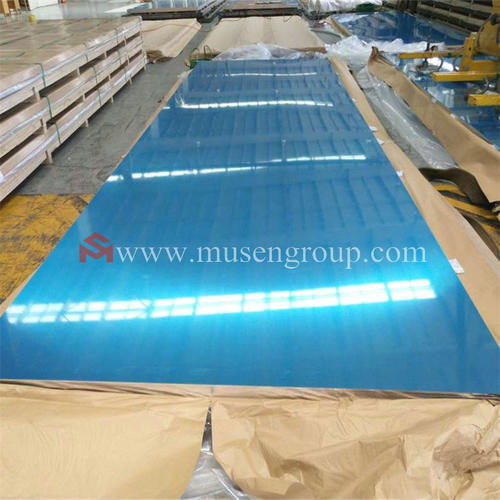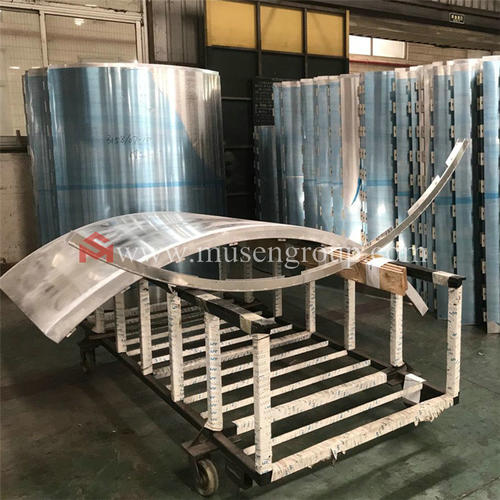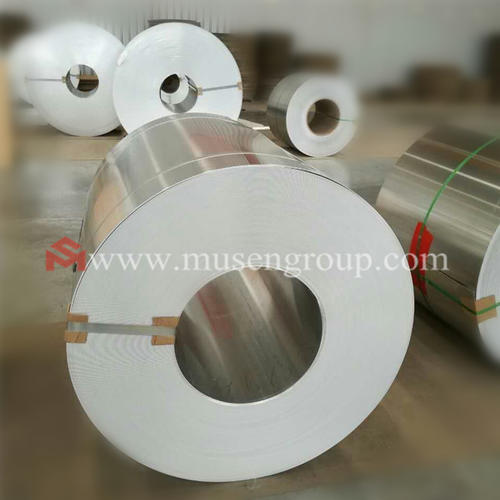
Cleaning Steps for Anodized Aluminium Sheets
The anodizing process is used to harden and coat aluminum metal, a process that helps create a durable, rust-resistant surface that will keep aluminum looking new for years.
But like any other metal, anodized aluminum will inevitably scratch and fade naturally over time, especially when exposed.
Dirt and contamination can build up and darken the surface of the aluminum. In many cases, you can counteract these effects with regular cleaning, brightening the aluminum product, and maintaining its natural luster.
How to Clean Anodized Aluminium Sheets?
The good news is that cleaning anodized aluminium sheet is easy, the point is that you need to use the right techniques and steps.
What Do You Need?
● Hose
● Wet sponge or damp rag
● Mild detergent
● Small bucket or other containers
● Gloves
● Something else you think you need

Steps for Cleaning Anodized Aluminium Sheets
Step 1
Wipe the anodized aluminum sheet surface with a damp sponge to remove general surface dirt. This will not eliminate scratches but will help prevent dust and dirt buildup.
Step 2
Rinse the aluminum coils anodizing, you can use a hose to perform this operation. The cleaner works better on aluminum when it is wet. When the aluminum sheet contains other materials that cannot get wet, please wipe the aluminum area with a damp cloth.
Step 3
Squeeze a moderate amount of mild detergent into a cup of water, apply the soapy water to an abrasive sponge and scrub the aluminum.
Many harsh cleaning products will react with aluminum and anodized aluminum needs to be scrubbed with a mild cleaning solution. It is important to note that the amount of cleaner used depends on the surface area of the project.
Step 4
Rinse the anodized anodized aluminium sheet surface with clean water, then towel dry the aluminum to prevent water spots.
Some Tips for Cleaning Anodized Aluminium Sheets
● Wear gloves when cleaning to avoid hand injuries.
● Try to clean the test area before extensive cleaning.
● Use water with mild soap.
● Avoid using harsh acidic or alkaline cleaners.
● Avoid using rough abrasives such as steel wool.
● For an extra touch, an aluminum protector designed for anodized aluminum can be applied to the surface after cleaning.

